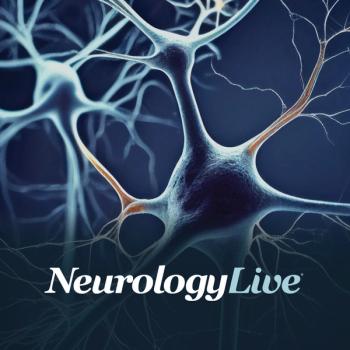
Hannah Cock, MD, MBBS: Challenges in Treating Status Epilepticus
The professor of epilepsy and medical education at St. George’s University Hospital London spoke about the number of challenges plaguing epileptologists when treating patients who present with possible status epilepticus in the hospital.
“One of the biggest challenges is that they may already have been in status for quite a long period of time before they get to me. We know, increasingly, with good evidence now that the first 1 to 2 hours are the critical time in terms of intervening. Very often, you’ve already lost most of that time.”
Status epilepticus is inherently difficult to treat due to its nature as an emergency medical situation, and a number of challenges become apparent when a patient presents to the emergency room with possible status epilepticus, most notably recognition.
Treating the condition, which is typically done with benzodiazepines, is similar to stroke in that there is a window of time in which patients need to be treated— ideally within 1 to 2 hours. Yet, while benzodiazepines have been shown to be effective in status epilepticus, they can be detrimental to patients who are improperly diagnosed, making first-line recognition by the responding emergency medical services team of utmost importance.
As research into the condition has ramped up in recent years, the seizure length for determining status epilepticus has decreased dramatically. Originally defined as a seizure lasting more than 20 minutes, the timeframe has been narrowed to any seizure lasting longer than 5 minutes, or an episode consisting of 2 or more seizures without the patient recovering full consciousness between them.1,2
Hannah Cock, MD, MBBS, professor of epilepsy and medical education, St. George’s University Hospital London, spoke about the condition with NeurologyLive at the
She also shared some insight into the work that has been done to address these challenges and what she recommends as the best options for increasing awareness and education about status epilepticus to help prevent the rate of mortality and morbidity associated with it.
For more coverage of IEC 2019,
REFERENCES
1. Schachter SC, Shafer PO, Sirven JI. Status Epilepticus. Epilepsy Foundation website. Published August 2013. epilepsy.com/learn/challenges-epilepsy/seizure-emergencies/status-epilepticus. Accessed June 24, 2019.
2. Cherian A, Thomas SV. Status epilepticus. Ann Indian Acad Neurol. 2009; 12(3): 140—153. doi: 10.4103/0972-2327.56312
3. Cock H. What is the best first line treatment in hospital setting? Presented at: 2019 International Epilepsy Congress. June 22-26, 2019; Bangkok, Thailand.
Newsletter
Keep your finger on the pulse of neurology—subscribe to NeurologyLive for expert interviews, new data, and breakthrough treatment updates.


































